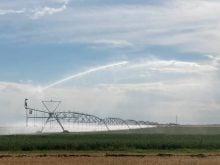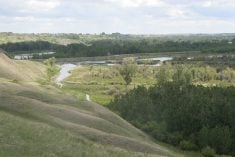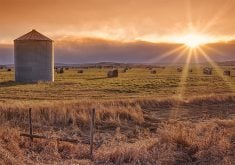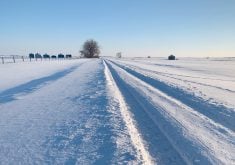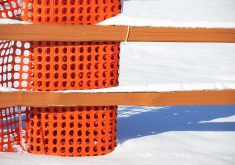From gentle drizzles to heavy snowfall, precipitation comes in various forms.
In clouds that are above 0 C, water vapour condenses onto condensation nuclei, forming cloud droplets. These collide and coalesce into larger and larger droplets until they get too heavy for the prevailing updraft to keep them in the air. Then they fall as rain.
In clouds below 0 C, water droplets remain liquid at temperatures well below freezing and are known as super-cooled droplets. This combines with a different process, known as the Bergeron process, to produce snow.
Nearly all our precipitation starts as snow and the temperature profile of the atmosphere determines what we see on the ground.
Rain
For rain to fall, there must be a sufficiently deep layer of above-freezing air between the ground and the source of the precipitation. Rain often starts as snow, which melts as it passes through warm air above the ground.
Snow
Snow consists of ice crystals that form in clouds when temperatures are below freezing. The snowflakes fall when they become too large to remain suspended in the air.
Sleet or ice pellets
This type of precipitation is often misidentified as small hail. Hail forms in cumulonimbus clouds or thunderstorms. Ice pellets form when there are alternating layers of freezing and warm air.
There must be an elevated layer of above-freezing air that causes falling snow to melt and turn into a water drop. The drop then encounters a layer of freezing air and forms an ice pellet.
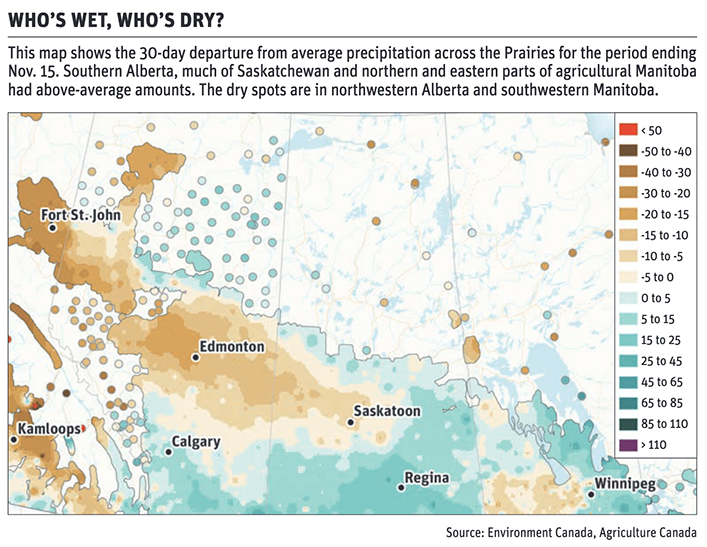
Hail
Hail is distinct from other forms of frozen precipitation, as it occurs during severe thunderstorms. Hailstones are large ice balls that form when updrafts in a thunderstorm carry raindrops upward into extremely cold regions of the storm. Within the storm, the raindrops freeze into layers, creating hailstones.
Graupel or snow pellets
These form in cold, convective clouds, generally during fall or spring. For snow pellets to form, the falling snow must encounter a layer that is warm, but not warm enough to totally melt the snow.
The partially melted snowflake then falls into a layer of sub-freezing air and the liquid around the outer edge freezes. This creates a thin shell of ice around a core of snow.
You can tell the difference between snow pellets and ice pellets by squeezing them; the snow pellets will break. Snow pellets are also much lighter than ice pellets, sometimes resembling Styrofoam.
Freezing rain
This occurs when supercooled raindrops fall and immediately freeze on contact with cold surfaces. It requires a shallow layer of sub-freezing air at or near the surface and warmer air aloft.
When the raindrops reach the surface, they freeze and create a layer of ice. For freezing rain to occur, the falling raindrop must be at or below the freezing point.
It’s important to understand the atmospheric temperature profile for each type of precipitation. It helps us picture what is going on in the air above us. The atmosphere is three-dimensional and there are unique conditions for each type of precipitation.
Hopefully this will allow you to cut forecasters a little slack when they try to forecast freezing rain or ice pellets. Better yet, give them credit when they get it right. It is not easy to figure out how the atmospheric temperature profiles will play out.






